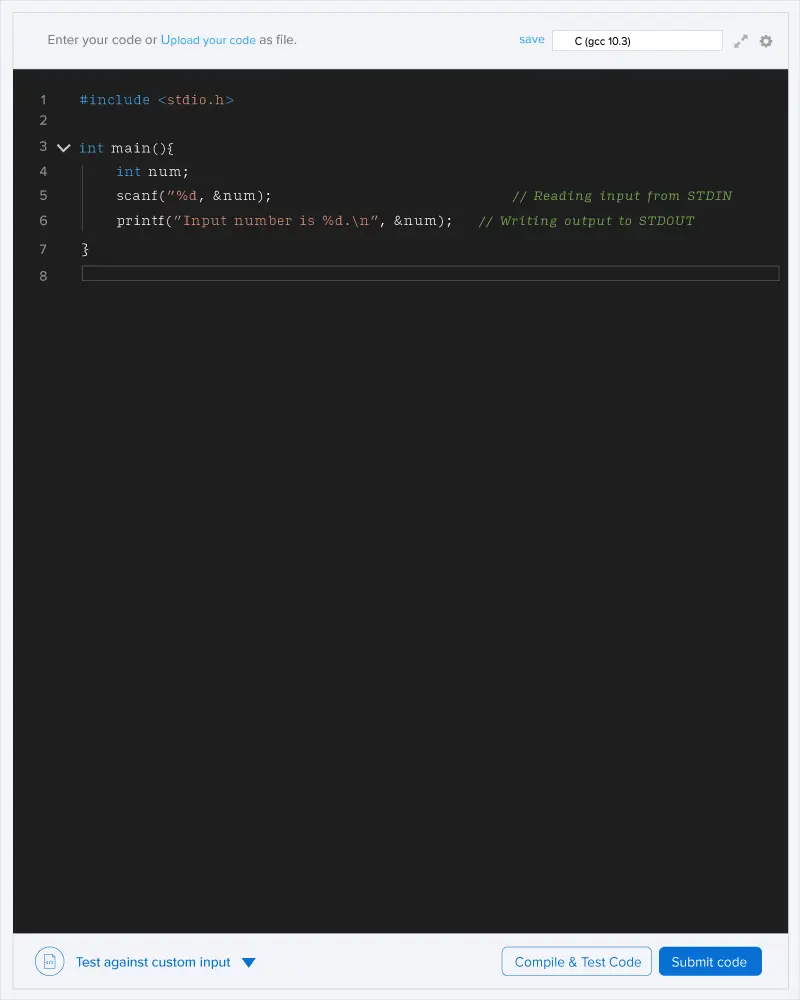There is a segment of length L−1 meters, and there are L positions on it, numbered 1,2,...,L, equally spaced by 1 meter apart each, in the given order. There are n balls on it, at positions s1,s2,…,sn (si<si+1). Each ball is either rolling to the left of to the right at the speed of 1 meter/second. Whenever two balls hit each other, both of them change direction instantly but keep the same speed. A ball also changes direction when it reaches one of the ends of the segment (position 1 or L). You are given q queries, each one gives you two numbers ti and pi, and you should output the position of the pi-th ball after ti second.
Input
The first line contain three integers: L, n and q.
The second line contains n distinct integers s1,s2,…,sn. (si<si+1)
The third line contains n integers d1,d2,…,dn (di=0 if the i-th ball rolls to the left and di=1 if it rolls to the right)
The following q lines each contain two numbers: ti and pi.
Output
Print q lines, each containing a single integer: the i-th line should contain the answer to the i-th query. It can be proved that the answer is always an integer.
Constraints
2≤L≤109
1≤n≤min(L,105)
1≤q≤105
1≤si≤L
di=0 or di=1
1≤ti≤109
1≤pi≤n

After 0.5 seconds, the first ball will hit the second ball and change direction. After 1 second, the first ball will be at position 1. It will hit the wall and change direction. After 2 second, the first ball will be at position 2. After 2.5 seconds, the first ball will hit the second ball again and change direction. After 3 seconds, the first ball will be at position 2.

